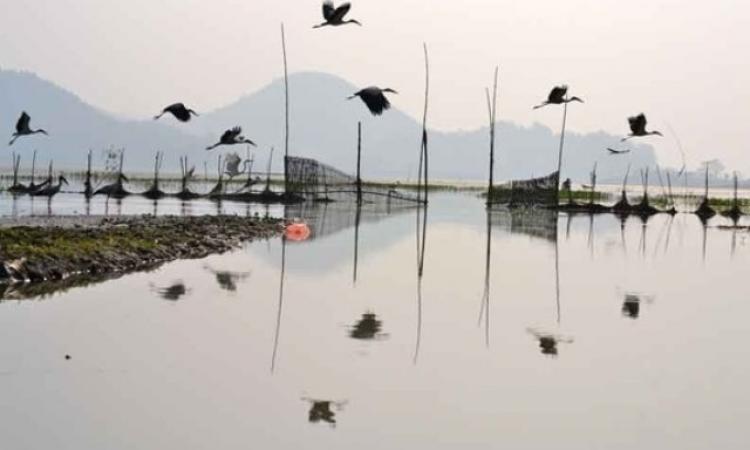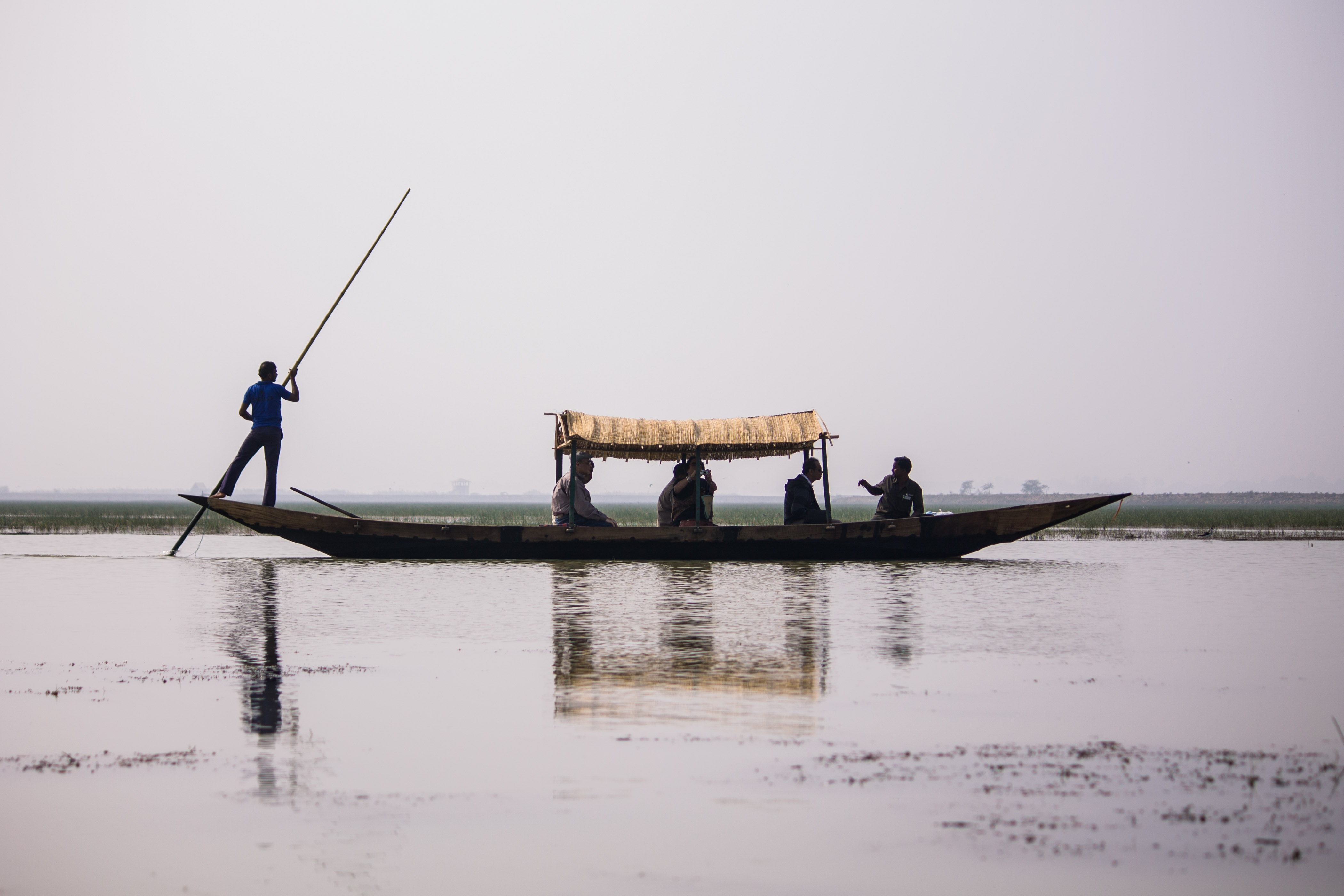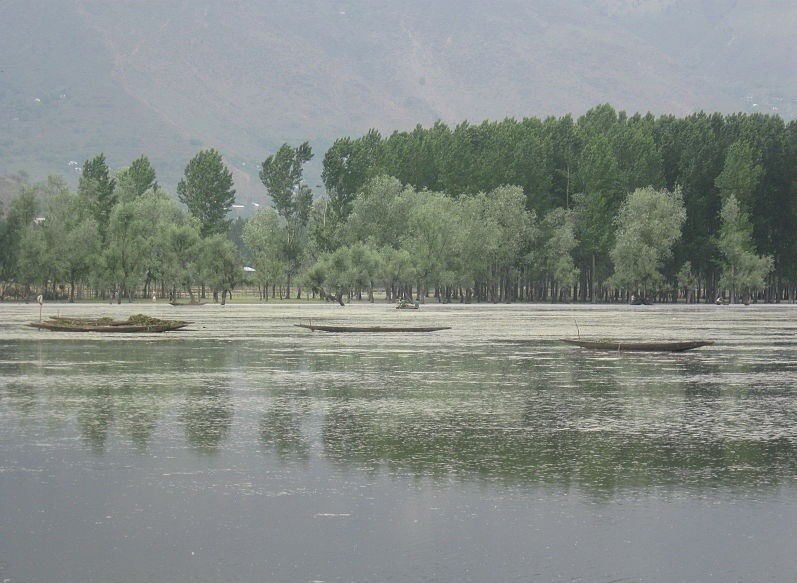
A wetland is defined as land area that is saturated with water, either permanently or seasonally, and maintains an ecosystem of its own.The factor that distinguishes wetlands from other land forms or water bodies is the vegetation of aquatic plants which grow in its highly water saturated soil [1].
Ramsar Convention on Wetlands, defines wetlands as “areas of marsh, fen, peatland or water, whether natural or artificial, permanent or temporary, with water that is static or flowing, fresh, brackish or salt, including areas of marine water the depth of which at low tide does not exceed six metres" [2]
The article titled 'Status of wetlands in India: A review of extent, ecosystem benefits, threats and management strategies' published in the Journal of Hydrology - Regional studies, reviews the status of wetlands in India, in terms of :
- their geographic distribution and areal extent,
- the ecosystem goods and services they provide,
- the stresses they are being subject to, and
- the legal and policy approaches adopted in India for their conservation and management.
Types of wetlands
The article informs that wetlands are among the most productive ecosystems on the planet, have enormous diversity and are categorised into marine (coastal wetlands), estuarine (including deltas, tidal marshes and mangrove swamps), lacustarine (lakes), riverine (along rivers and streams), and palustarine (‘marshy’– marshes, swamps and bogs) based on their hydrological, ecological and geological characteristics.

Most of the natural water bodies (such as rivers, lakes,coastal lagoons, mangroves, peat land, coral reefs) and man made wetlands (such as ponds, farmponds, irrigated fields, sacred groves, salt pans, reservoirs, gravel pits, sewage farms and canals) in India are classified as wetlands according to the Ramsar Convention.
Only 26 wetlands in India have been designated as Ramsar Sites. Others that perform valuable functions are ignored at the policy level and continue to be threatened, degraded and lost due to urbanization, population growth, and increased economic activities.
In the past and even today, many wetlands perform several economic functions such as sustaining fisheries, livestock and forestry, social functions like supplying water, and ecological functions such as groundwater recharge, nutrient recycling, and biodiversity maintenance. Despite all these benefits, these continue to be treated as ‘wastelands' by policy makers as well as common public.
Area and distribution of wetlands in the country
India has about 757.06 thousand wetlands, which cover 4.7% of the total geographical area of the country. The figure above shows the percentage distribution of inland and coastal wetlands in the country. Gujarat has the highest proportion and Mizoram has the lowest proportion of area under wetlands in the country. Among Union Territories, Lakshadweep has the highest and Chandigarh the lowest geographical area under wetlands in the country. The figure below shows the statewise area under wetlands in the country.
Importance of wetlands
- Multiple use water services: Wetlands such as tanks, ponds, lakes, and reservoirs have been important sources of water for irrigation, domestic needs, fisheries and recreational uses as well as for ground-water recharge, flood control and silt capture.
- Carbon sequestration: Swamps, mangroves, peat lands, mires and marshes play an important role in carbon cycle and have relatively greater capacities to sequester additional carbon dioxide (CO2).
- Pollution abatement: Wetlands act as a sink for contaminants in many agricultural and urban landscapes.
- Flood control: Wetlands help lessen the impacts of flooding by absorbing water and reducing the speed at which flood water flows. They also help to trap suspended solids and nutrient load during flooding
- Biodiversity hotspots: Wetlands support species diversity through playing a significant role in the support of food chains.
Wetlands in India are under threat due to urbanisation and land use changes, agricultural, municipal and industrial pollution and global climate change, which is an important detreminant of loss and change in wetland ecosystems

Institutional strategies adopted for wetland management in India
In India, wetlands continue to be viewed in isolation and are not included in water resources management and developmental plans. There is no plan or regulatory framework in place to conserve wetlands though India is signatory to both Ramsar Convention on Wetlands and the Convention of Biological Diversity.
Research on wetlands in India also seems to be limited. For example, most of the research deals with limnological aspects and ecological/environmental economics of wetland management. However, the physical and socio-economic processes leading to limnological changes continue to be unexplored. Institutional aspects (policies, rules, regulation and organizations) of wetland management continue to be ignored and have attracted the imagination of research scholars only recently.
The article ends by arguing that more research needs to be done on the physical, socio-economic and institutional factors influencing the condition of wetlands and their use, and that there is an urgent need to devise comprehensive management strategies for wetlands that are increasingly under threat in India.
References
1. Wikipedia (2015) Wetland
2. Botanic Gardens Conservation International (1999) The Convention on Wetlands (Ramsar)
Please download a copy of the paper below.
/articles/indian-wetlands-under-threat